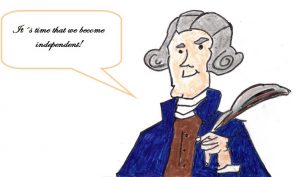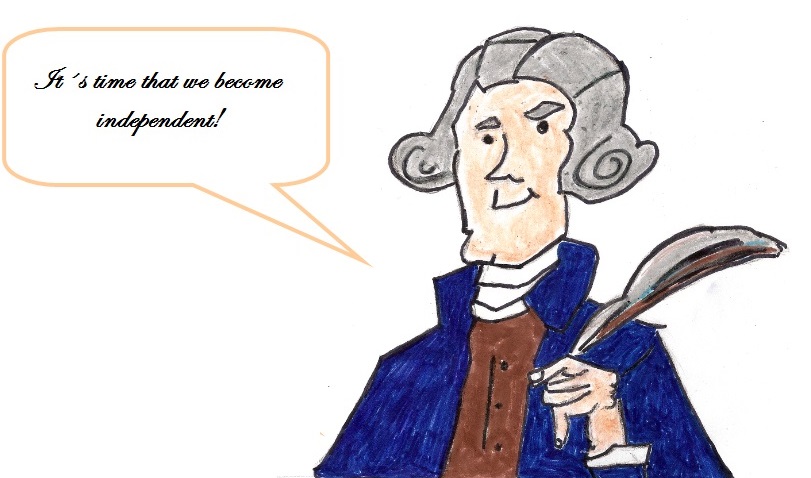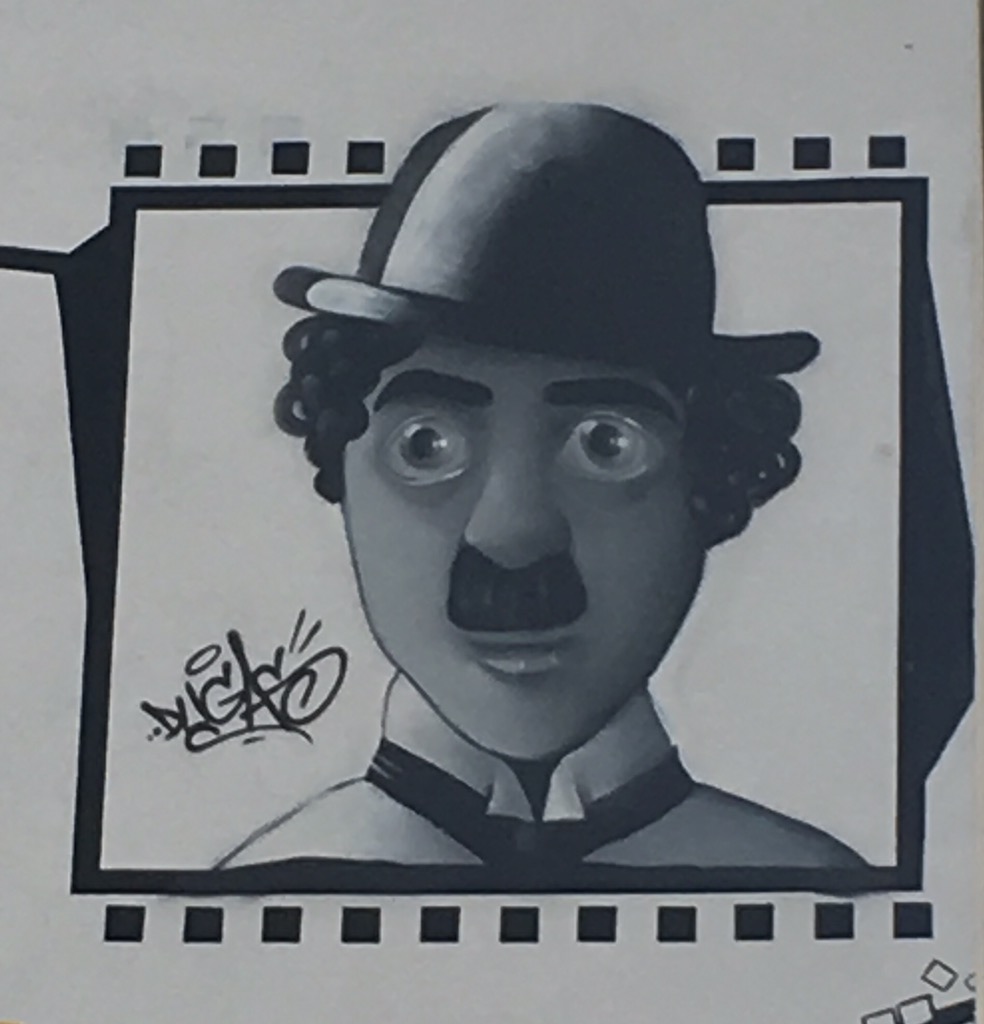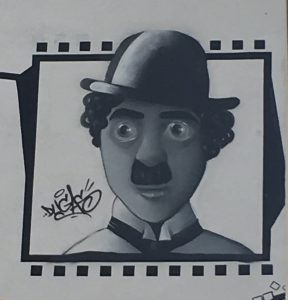If you happen to spend the 4th July with a bunch of Americans today, you will most likely be having a backyard barbeque with burgers, hot dogs, corn on the cob, coleslaw and watermelon, the juicy ripe red watermelon everyone loves and can’t get enough of. All of this is often served on paper plates. Cans of beer, Dr. Pepper, Mountain Dew, Snapples, Coke or Pepsi are kept in cooling bins full of crushed ice. Perhaps little paper flags or streamers displaying the typical colors of the Star-Spangled Banner will be part of the decoration.
Maybe the town will offer picnic and barbeque opportunities at some public area. Baseball games, parades, concerts and other summertime events mark this national holiday. Politicians might even appear at different celebrations holding speeches on all kinds of freedoms. Most likely there will be fireworks, too, in honor of the birthday of the United States of America.
Although Independence Day is a significant American holiday, it doesn’t dominate the summer as Thanksgiving and Christmas dominate the fall and winter season. For instance, there are no greeting cards in the stores. Along with beach parties, family trips and BBQs that dot the summer months, the Fourth of July is one of many typical summer events. School will have been out for a month already and another month and a half to go.
But what is Independence Day originally about?
The English established their first permanent settlement in Jamestown, Virginia, in 1607. By 1733 there were 13 English colonies: Delaware, Pennsylvania, New Jersey, Georgia, Connecticut, Massachusetts Bay, Maryland, South Carolina, New Hampshire, Virginia, New York, North Carolina and Rhode Island. These colonies were ruled by the King of England, King George III. Over time the relationship between the settlers and the British began to crumble due to unfair laws and taxes and the growing sense of nationalism in the colonies. In short: people didn’t want to be ruled by a king so far away.
A letter to King George III
The Continental Congress – a meeting of delegates from the thirteen colonies – appointed five leaders, called the Committee of Five. They were meant to write the King a formal letter. These five men were John Adams, Benjamin Franklin, Robert Livingston, Roger Sherman and Thomas Jefferson. Their letter explained why Congress had voted to declare Independence. This Declaration of Independence contained three essential points:
- Beliefs of what made a government good
- The dislike of the oppressive government
- Break with Great Britain
On July 4th, 1776 Congress officially adopted the final version of the Declaration of Independence. On August 2nd, all 56 delegates of the Continental Congress signed it.
A holiday is born
Following its adoption, the Declaration of Independence went viral in various cities, by word-of-mouth, being read aloud before troops and published in newspapers or delivered on horseback and by ship. Whenever heard, people shouted and cheered.
People continued this tradition by lighting candles, setting off fire crackers, firing guns and ringing bells.
Finally, Congress declared July 4th a federal holiday in 1941.
Author & Picture: Elisabeth Stützel



 a-like contest
a-like contest